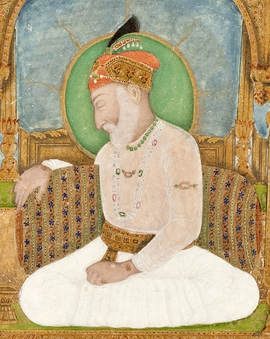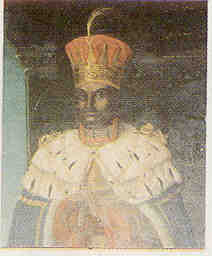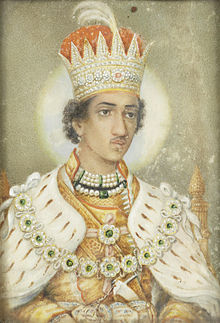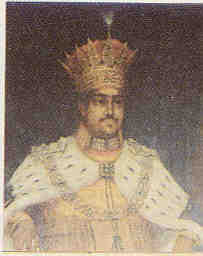
Shah Alam II
Coins
Shah Alam II (Persian pronunciation: [ʃɑːh ɑːlam]; 25 June 1728 – 19 November 1806), also known by his birth name Ali Gohar (or Ali Gauhar), was the seventeenth Mughal Emperor and the son of Alamgir II.[16] Shah Alam II became the emperor of a crumbling Mughal empire. His power was so depleted during his reign that it led to a saying in the Persian language, Sultanat-e-Shah Alam, Az Dilli ta Palam, meaning, 'The empire of Shah Alam is from Delhi to Palam', Palam being a suburb of Delhi.

Muhammad Shah
Coins
Muhammad Ali Shah was son of Saadat Ali Khan II, brother of Ghazi-ud-Din Haidar Shah and uncle of Nasir-ud-Din Haidar Shah.[4] He attained the throne with British help following the demise of his nephew, as opposed to the ex-queen mother's (Badshah Begum) attempts to nominate another successor, Munna Jan (the son child of Nasir-ud-Din Haider, whom his father had disavowed). Padshah Begum and Munna Jan were afterwards imprisoned by the British in the fort of Chunar. Muhammad Ali Shah of Oudh built the Shrine of Hurr at Karbala

Nisar al ud din Haider
Coins
He was the son of Ghazi-ud-Din Haidar Shah.[2] After the death of Ghazi-ud-din Haidar his son Nasir-ud-din Haider ascended the throne on 20 October 1827 at the age of 25 years.[3] He was fond of women and wine[3] and had believed in astrology and astronomy.[2] He made additions of Darshan Vilas to Claude Martin's house – Farhat Buksh in 1832

Ghazi ud din Haider
Coins
Ghazi-ud-Din Haidar Shah (c. 1769 – 19 October 1827) was the last[2] nawab wazir of Oudh from 11 July 1814 to 19 October 1818, and first[2] King of Oudh (Oudh State) from 19 October 1818 to 19 October 1827 He was the third son of Nawab Saadat Ali Khan and Mushir Zadi[5] was his mother. He became Nawab Wazir of Oudh on 11 July 1814 after the death of his father
